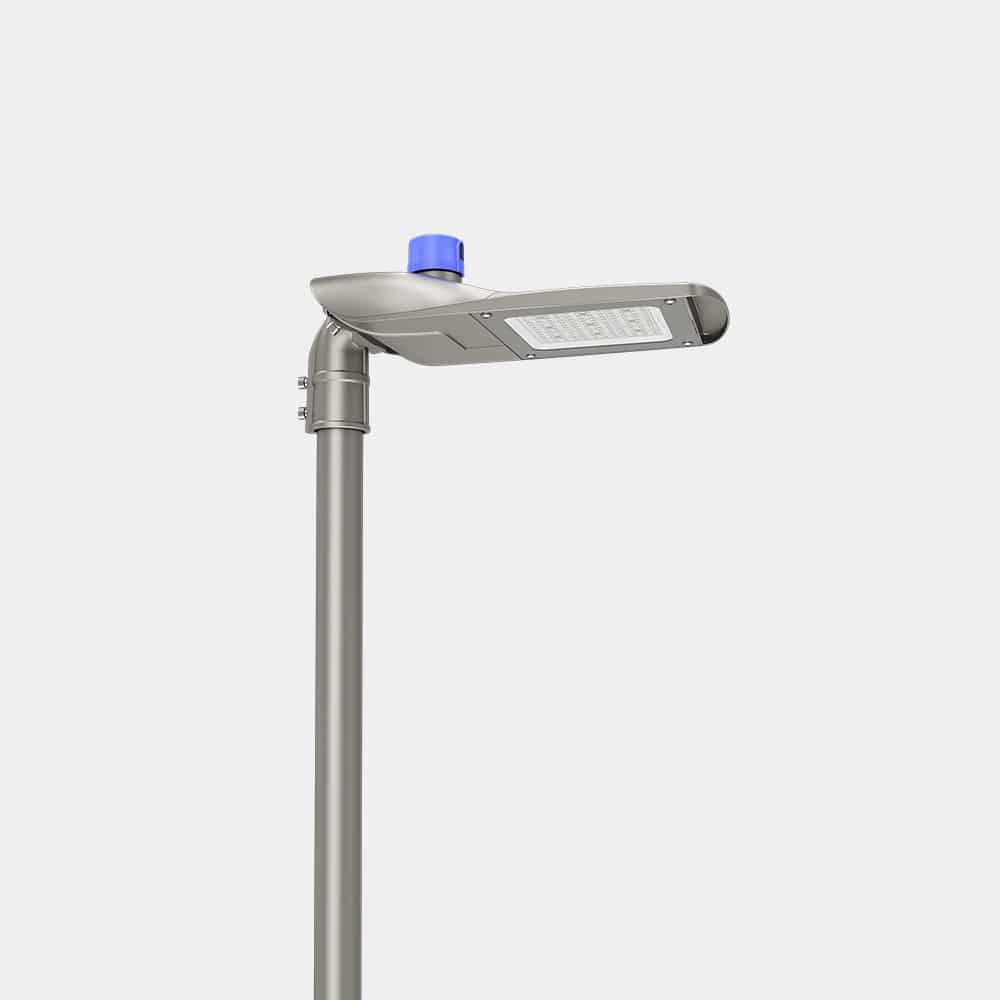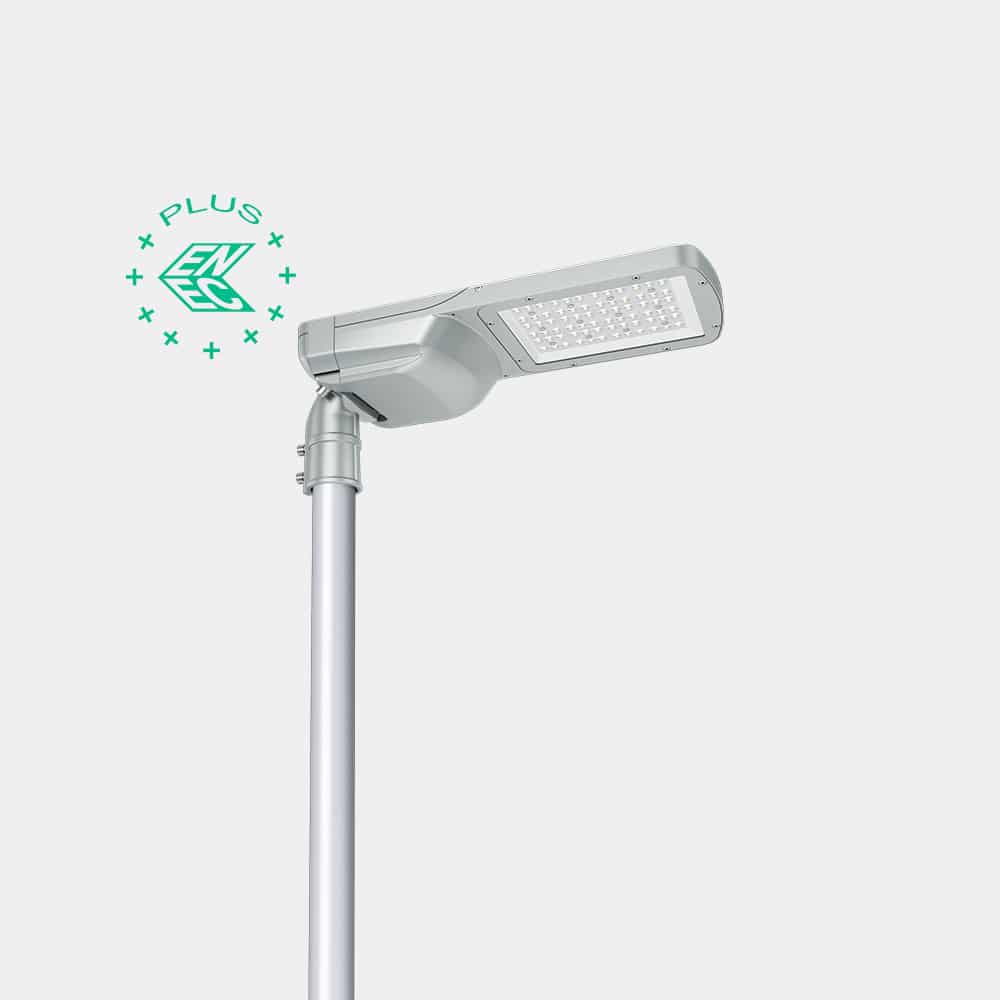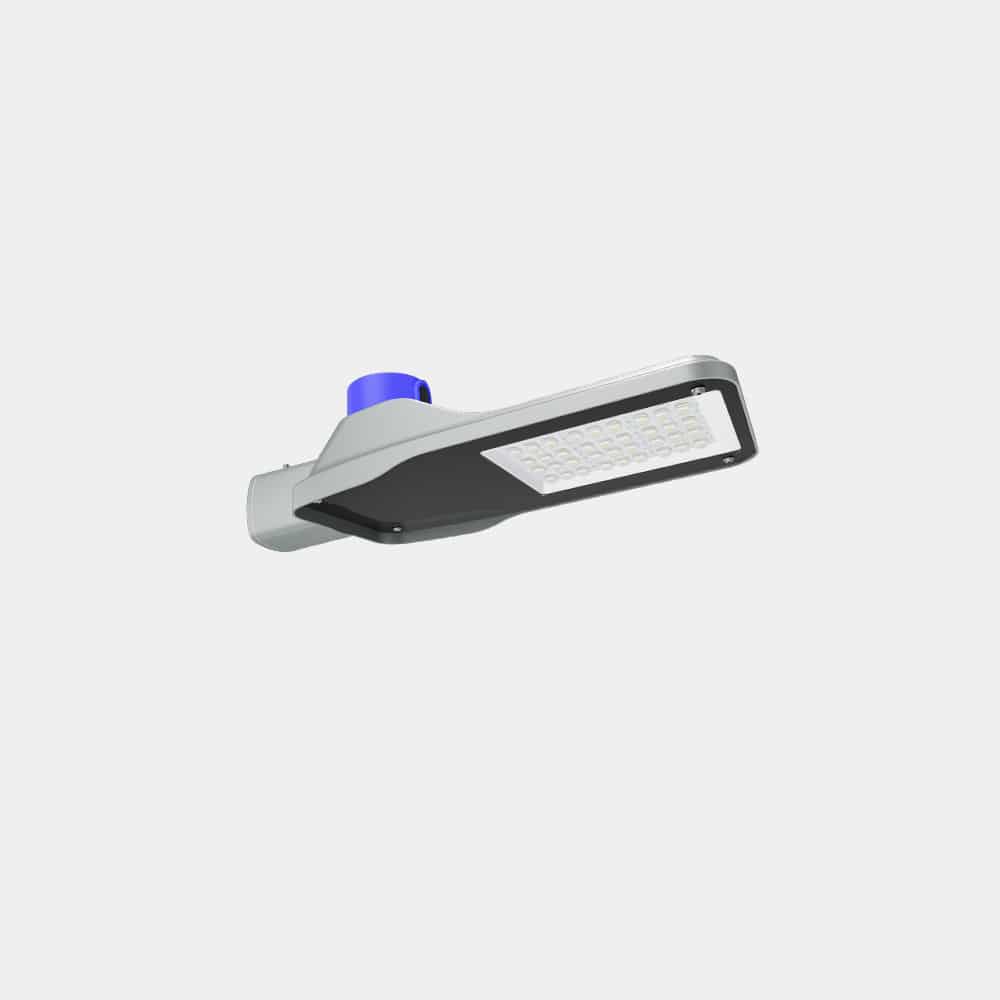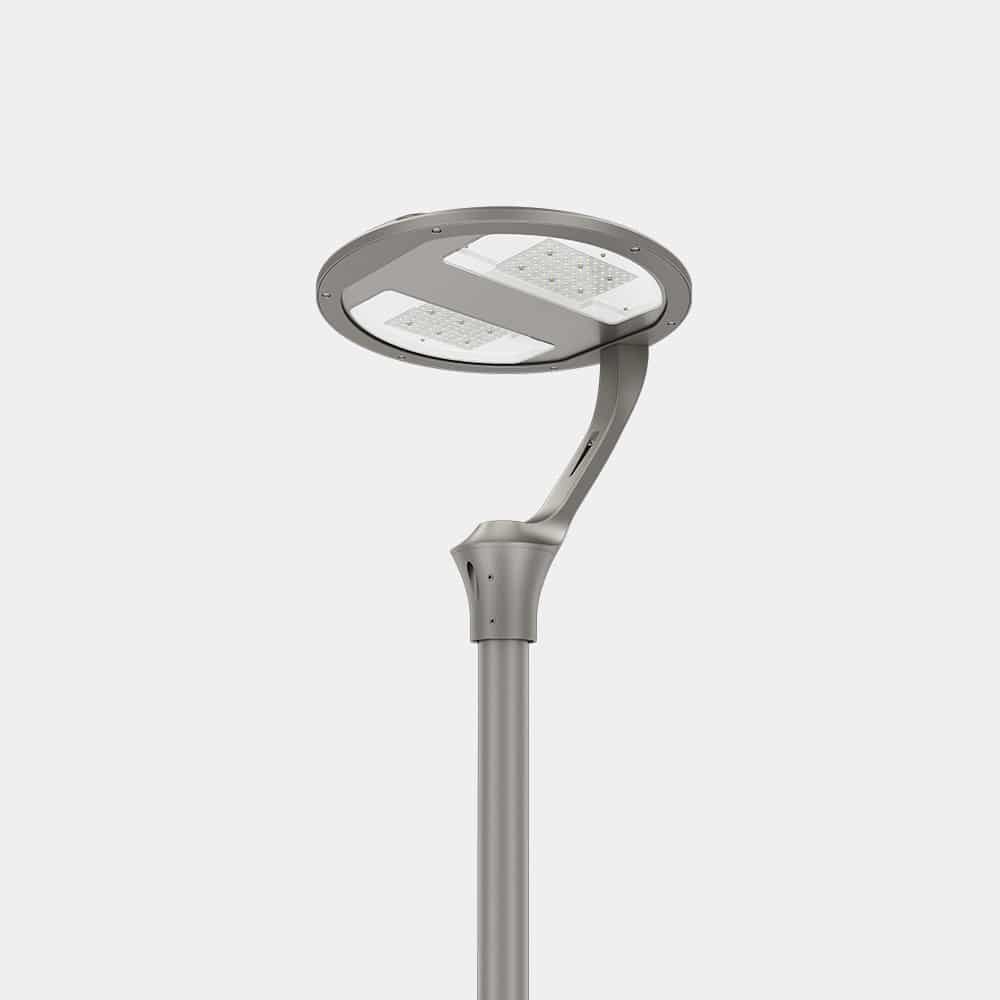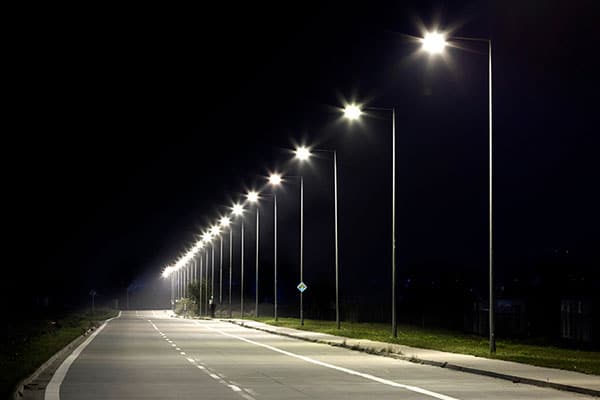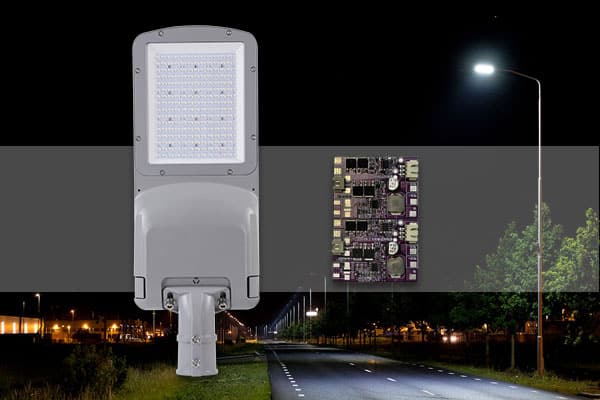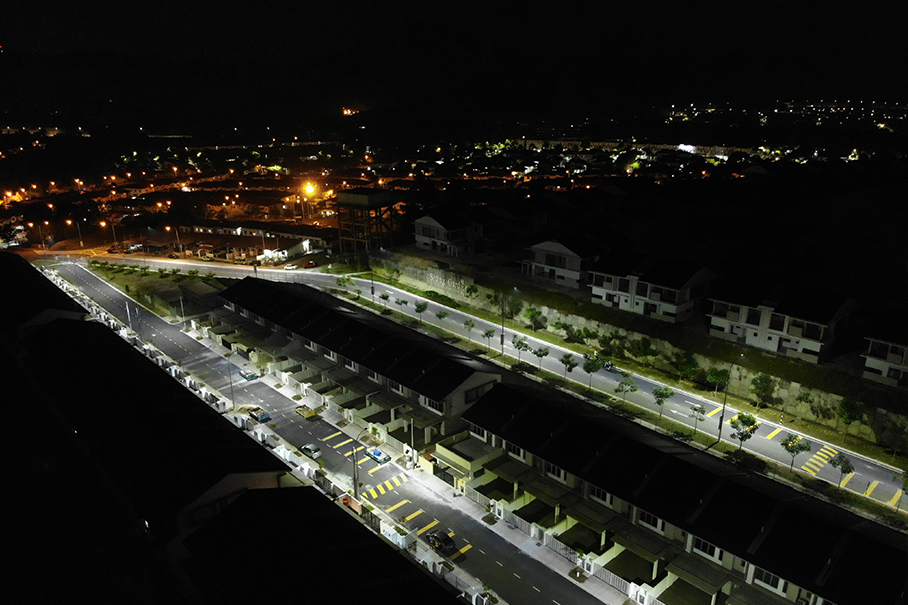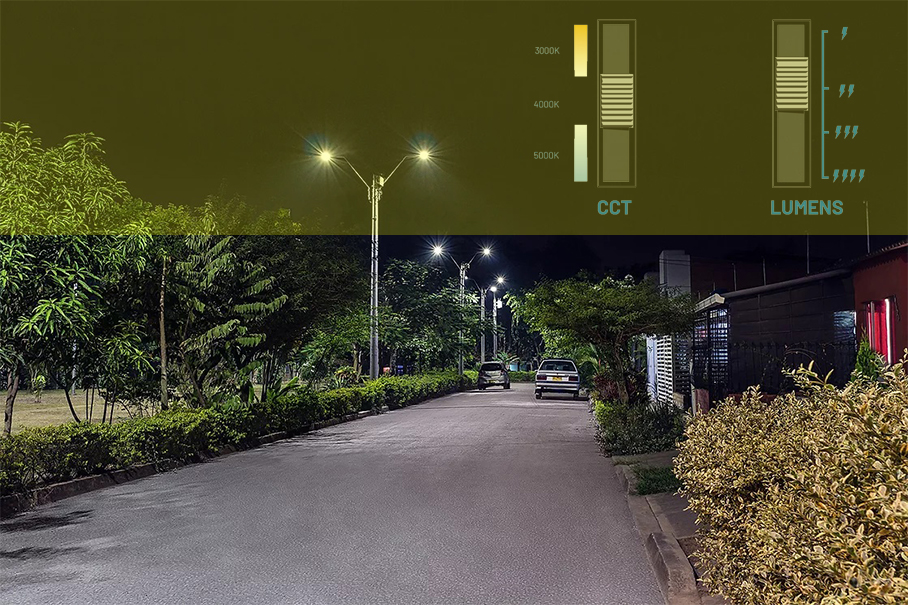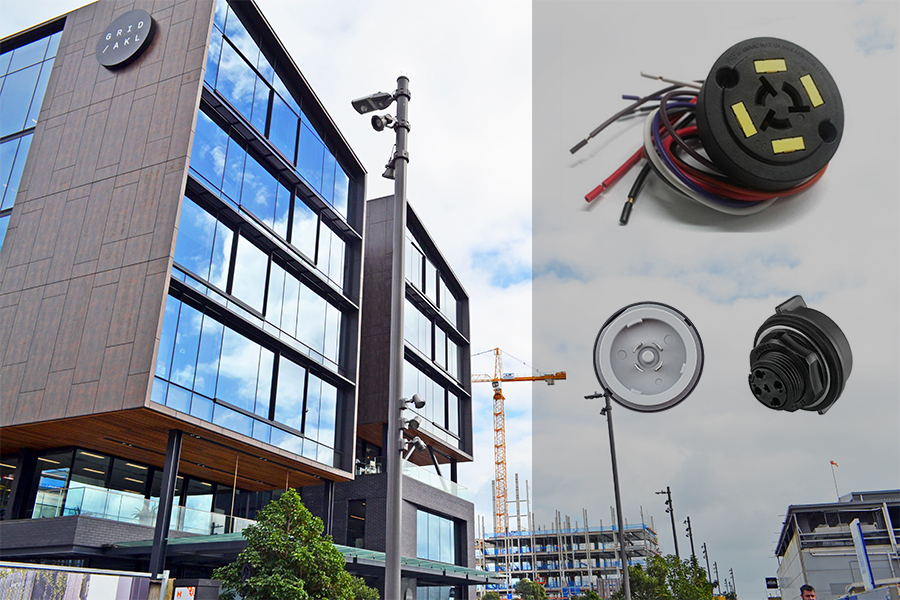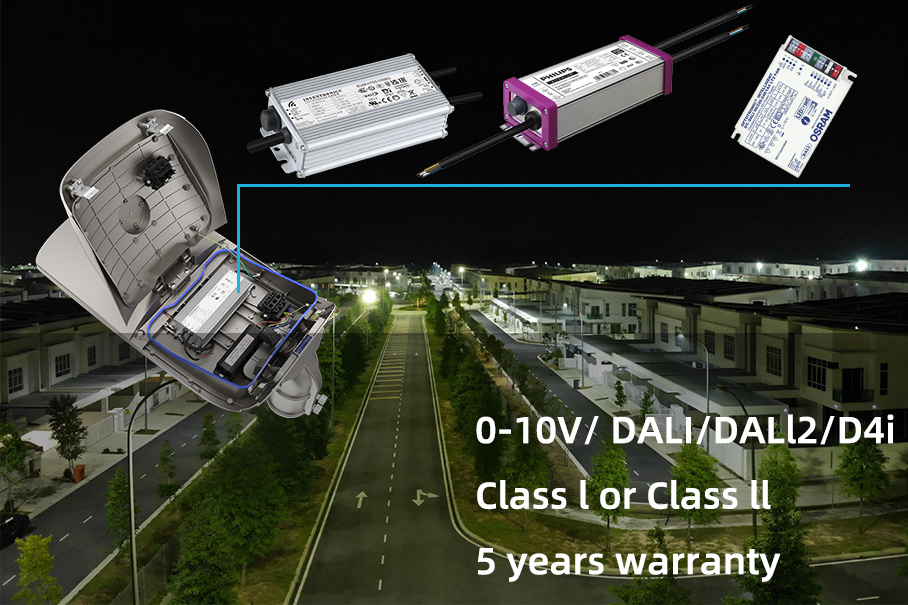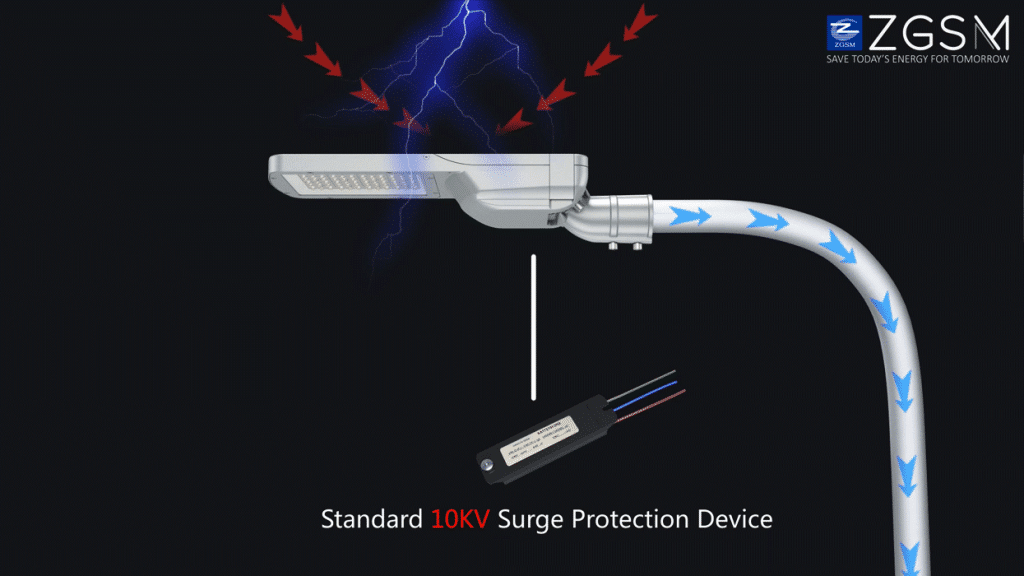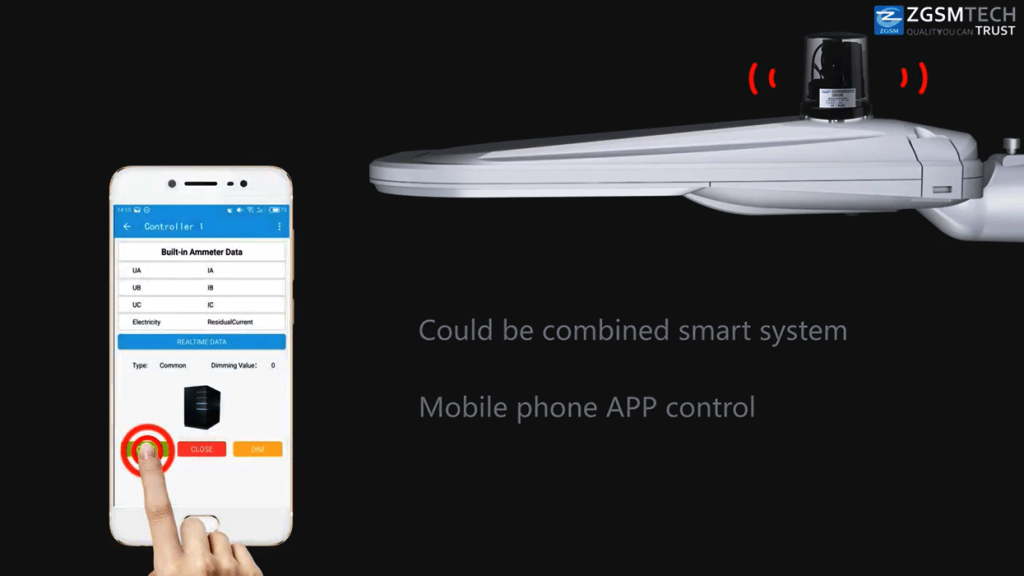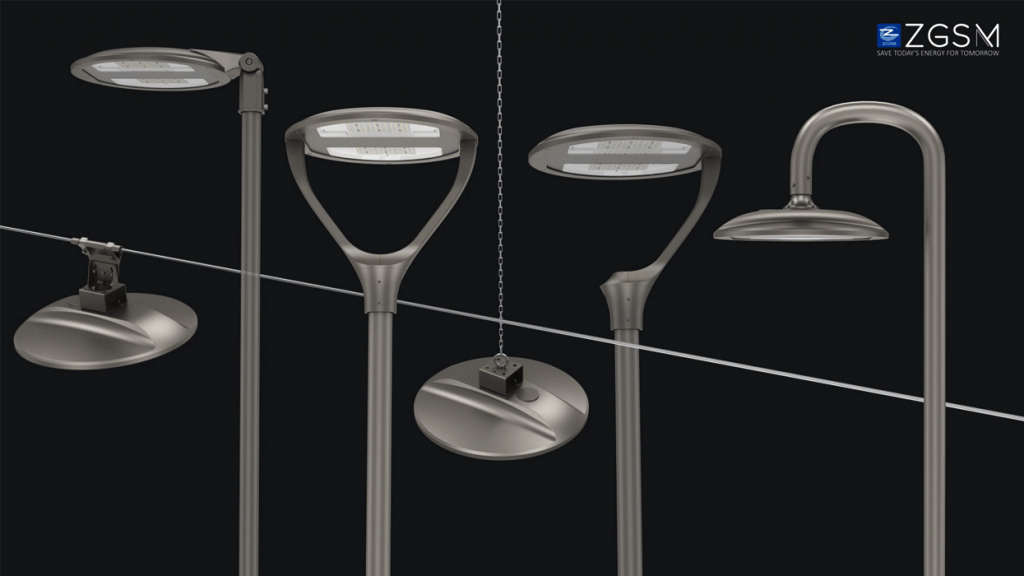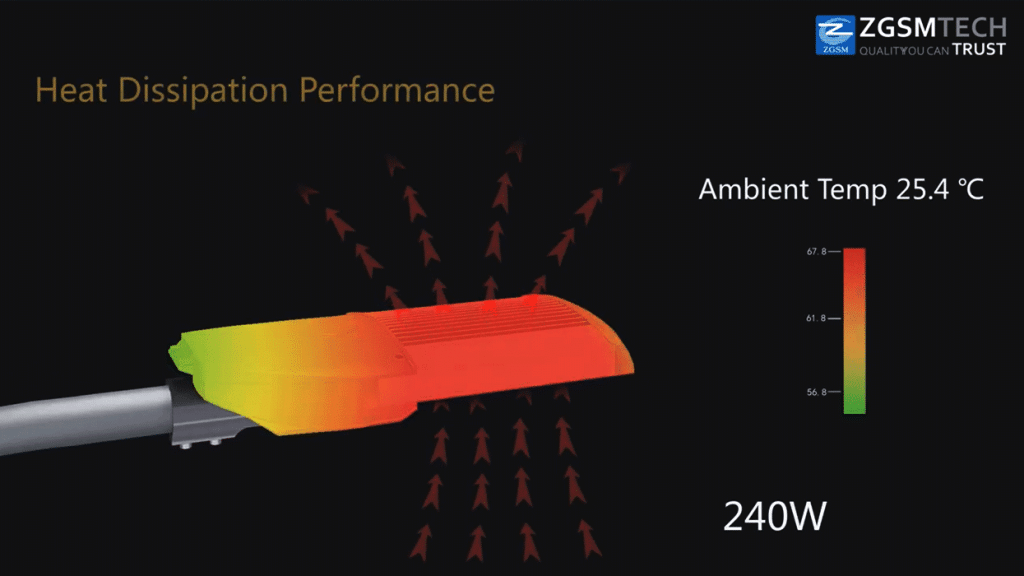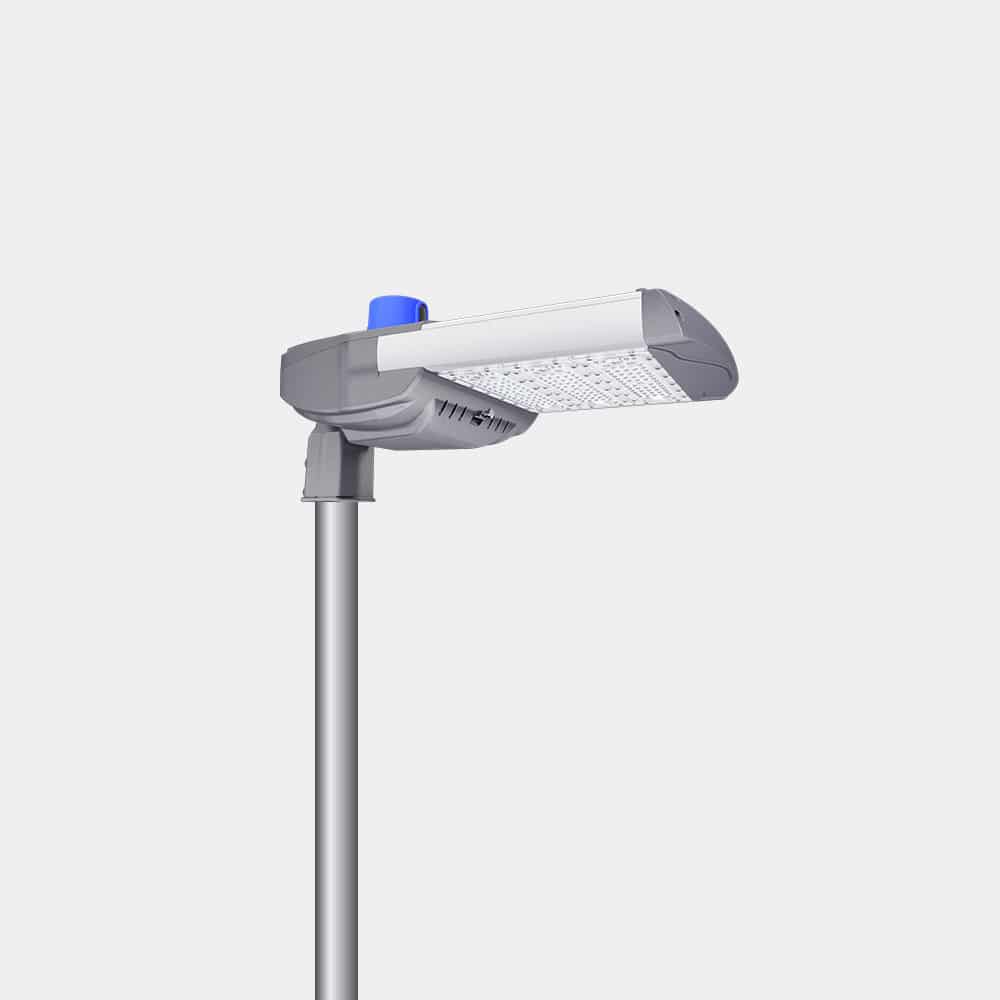The Benefits of Vents in Outdoor Lighting Fixtures

Anna
What is Vent?
A vent is a device or device used to control the direction of flow of gas or liquid, usually by opening or closing the flow passage.
Vents are also the essential components in High-power outdoor lighting fixtures as they provide both waterproofing and breathability. These devices control the flow direction of gas or liquid by opening or closing the flow passage.
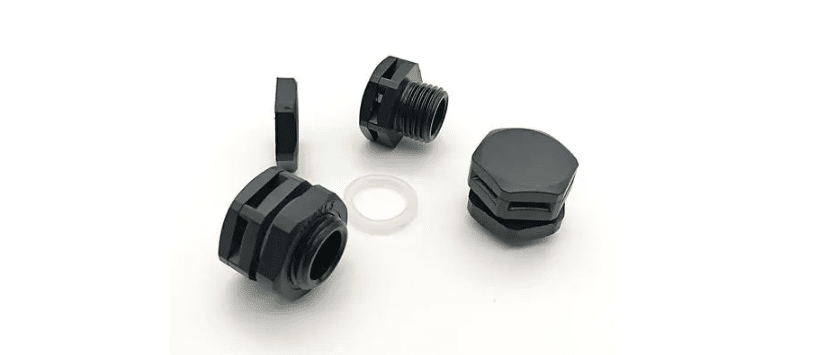
Definition of Vent
Vents are crucial components in LED outdoor lighting fixtures, such as street lights, high pole lights, garden lights, landscape lights, LED floodlights, lawn lights, buried lights, and other outdoor electronic equipment. These vents come in various designs and operating principles, including spring, diaphragm, ball valve, and more.
Typically, a vent consists of a valve body, valve cover, valve core, seals, and other necessary components. The opening and closing of the valve are controlled by adjusting the position of the valve core or the pressure of the spring.
Types of Vents
There are many types of vents. Here are some common types:
- Spring-type breathing valve: This type of vent uses a spring to control the opening and closing of the valve. When the pressure exceeds the set value, the spring will push the valve to close, preventing the reverse flow of gas or liquid.
- Diaphragm breathing valve: This type of vent utilizes a diaphragm as the valve. When the pressure exceeds the set value, the diaphragm bends or deforms, closing the valve and preventing backflow.
- Ball valve type breathing valve: Using a ball as the valve, this type of respirator opens when the pressure exceeds the set value, allowing gas or liquid to flow. When the pressure drops, the ball returns to its original position, closing the valve.
- Plug-type breathing valve: This vent employs a rotating plug to control the flow direction of gas or liquid. The valve is opened or closed by rotating the position of the plug.
- Solenoid valve breathing valve: This type of vent utilizes a solenoid valve to control the opening and closing of the valve, and enables flow direction control through electromagnetic force.
The Function Of Vents
In addition to these common breathing valves, there are actually other breathing valves with different designs and working principles. The choice of which breathing valve to use depends on the needs and requirements of the specific application.
In the medical field, breathing valves are frequently used in ventilators, oxygen therapy equipment, and other devices to control the inhalation and discharge of gas, aiding patients in normal breathing.
In the industrial field, breathing valves are commonly employed in piping systems, containers, and other equipment to regulate the flow direction and pressure of fluids.
The breathing valve typically used in lamps is a pressure balance valve, often referred to as a lamp breathing valve or lamp respirator valve.
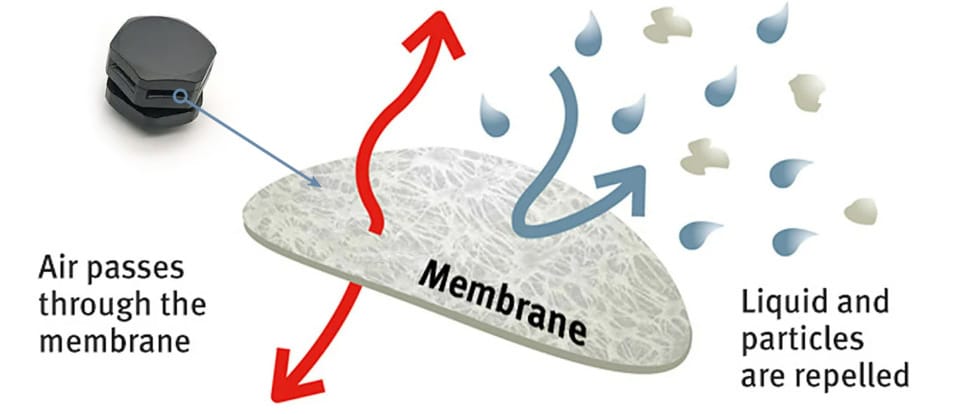
When it comes to outdoor lighting fixtures, particularly LED city street lamps, people may tend to focus more on issues like heat dissipation, photoelectric conversion efficiency, and service life. Indeed, there are already numerous informative materials available on these topics. However, certain seemingly insignificant and small devices sometimes play a pivotal role. This is where the vent comes in – small, inconspicuous, yet indispensable!
The enclosure of high-power LED street lamp is subject to ambient temperature, temperature differences between the inner and outer parts, differences in pressure, dust, dirt, and moisture, among other factors. These factors can have a detrimental impact on the performance of the lamps, and pressure differences can damage the seals of the lamps. When the street lamp is illuminated, a significant portion of the electrical energy of the LED light is converted into heat, causing the temperature inside the lampshade to gradually increase.
As a result, the air pressure inside the lampshade rises, exerting greater pressure on the inner wall of the lampshade cavity. When the LED lamp is turned off, generally a certain negative pressure is formed within the lampshade cavity. All of these phenomena can damage the structure of the lighting system and reduce its service life.
Outdoor LED lamps are often exposed to various environmental factors such as rain, fog, ice and snow, wind and sand, salty acid, salt spray, dust, dirt, humidity (moisture), and insects. To ensure that the electronic components and LED light-emitting chips used in the lamps remain in a normal state throughout the design life, engineers have implemented strict protective measures.
Why Use Vents in Outdoor Lighting Fixture?
These protective measures include:
- Setting the protection level at IP66 or above.
- Using more durable sealing rings or gaskets to improve the sealing effect.
- Increasing the thickness of the shell to minimize movement around the seal ring.
- Installing additional screws around the sealing ring or gasket to maintain a longer-lasting sealing effect.
- Implementing structural protective measures.
By implementing these measures, the lamp structure is transformed into a truly airtight cavity.
It is an indisputable fact that changes in ambient temperature and the switching operation of outdoor lighting fixtures can lead to the generation of pressure differences between the inside and outside of a closed cavity. These pressure differences can cause stress concentration at the structural connections of the lamp, the sealing ring, and other joint points, resulting in damage to the lamp and its sealing components and materials.
Over time, the alternating positive and negative pressure differences can lead to larger gaps at the joints of structural parts, resulting in poorer airtightness of the cavity. Additionally, this can create a breathing effect within the lamp.
Application of Vent in Outdoor Lighting Fixture
Outdoor LED luminaires should incorporate vents to prevent fogging of lenses and to keep moisture from damaging the electronics within. Vents can keep moisture out and allow condensation to escape while equalizing pressure.
Breathing Effect and its Influence
Experiments have proven that, in addition to the impact of drastic changes in ambient temperature, the heat generated by the electro-optical conversion efficiency of outdoor lighting fixtures has the greatest influence on the pressure difference between the inside and outside of the lamp’s sealed cavity.
According to the equation for the ideal gas state, we understand that as the temperature of the lamp increases, the internal pressure will also increase, resulting in a pressure difference with the atmosphere. If there is a gap present in the lamp, the gas inside the cavity will leak out.
Conversely, when the temperature of the lamp decreases, the internal air pressure decreases, allowing outside air, moisture, water vapor, or corrosive gases containing acid, salt, and salt components to infiltrate. This phenomenon is known as the breathing effect of the closed cavity.
| PV=nRT | ||||
| P is the gas pressure (Pa) | V is the gas volume(m3) | T is the thermodynamic temperature(K) | R is the molar gas constant(J/mol.K) | n is the gas mass(mol) |
The most detrimental impact of the breathing effect is the penetration of moisture, water vapor, or corrosive gases containing acid, salt, and salt components into the lamps. This not only leads to the formation of water droplets on the lens, impacting the lighting effect, but also causes corrosion of the lens, LED light source, and electronic components. As a result, these components lose their proper technical performance and the lifespan of the lamp is shortened. Moreover, it can lead to electrical short circuits and various safety issues.
Function, Principle, and Structure
The vent is formed by combining an ePTFE breathable membrane (expanded polytetrafluoroethylene microporous membrane) with materials such as plastic, metal, and silica gel through injection molding and ultrasonic welding, ensuring an airtight installation.
Vents are available in various main styles, including threaded, press-in, snap-on, and button styles. The two most important performance indicators are air flow and protection level.
The vent is installed on the lamp to facilitate the exchange of gases between the closed cavity and the atmosphere through the ePTFE membrane. When the temperature inside the lamp body changes and the gas expands or compresses, a pressure difference is formed with the external atmosphere. The air flows through the ePTFE film to maintain the internal pressure of the lamp body in balance with atmospheric pressure while preventing the entry of water vapor. This makes effective use of the breathing effect and resolves any issues caused by the air pressure difference.
Solutions
The vent is installed on the housing of the high-power outdoor lighting fixtures to maintain pressure balance between the inside and outside of the housing through continuous ventilation. When there are changes in ambient temperature and pressure, the vent quickly equalizes the pressure inside and outside the housing, reducing the stress on the housing and internal components.
Furthermore, the optimized design of vents ensures efficient and reliable performance in high-power LED lights. By effectively controlling the flow of gas or liquid, these devices prevent water or moisture from entering the lamp while allowing for proper air exchange to maintain ventilation. This helps prolong the lifespan of the LED lamps and maintain their optimal performance.
Which ZGSM lamps use Lamp breather?
The Hevo, K, L, Halo, Rifle, Falcon, and Zoom series of ZGSM outdoor lighting fixtures all utilize breather.
Lamp breather ensures air balance inside and outside of the lamp, which improves lamp service life.
In conclusion
In general, a vent is a device that controls the flow direction of gas or liquid, featuring one-way flow, and finds wide applications in various industries.
The purpose of using a vent on outdoor lighting fixtures is to maintain pressure balance between the inside and outside of the lamp, ensuring the normal operation and longevity of the lamp. Furthermore, we firmly believe that the LED market still holds immense potential.
We hope that this article can capture the attention of all relevant individuals and provide guidance for the development of standards and policies concerning LED lighting systems.
If you have differing opinions or are interested in alternative street lights, we encourage you to reach out to ZGSM. We are open to communication and collaborative progress. Thank you.
Related Posts
Intelligent Street Lighting with ZIGBEE Protocol
Smart street light—the future trend of urban lighting
The Ultimate Guide to Street Lights with 0-10V Dimming
NTC thermistor function and its application in LED lamps
Author

Anna
Sales Engineer
I am Anna Dai, with 18 years of experience in lighting sales. Throughout my career, I have developed a deep understanding of the lighting industry and its products. My expertise lies in building strong relationships with clients, understanding their needs, and providing tailored lighting solutions that align with their requirements.



